The History of the Beard
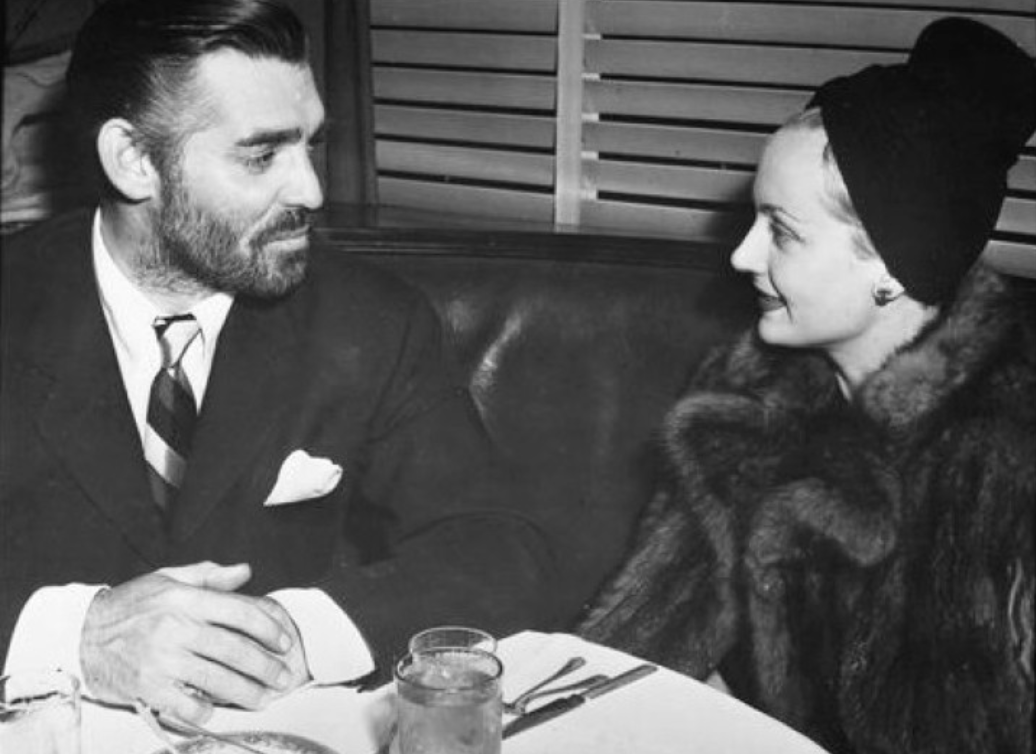
History shows us that the beard has accompanied the male image since the dawn of time.
The beard as a symbol of power
In the states of the Ancient East, the beard was an attribute of worship. In Egypt, only pharaohs were allowed to be bearded, as it was one of the symbols of absolute earthly and heavenly power. The rest of the Egyptians were supposed to shave their beards with flint and bronze razors.
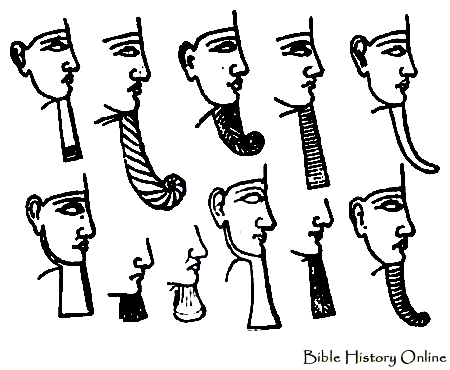
Image Credit: Shutterstock
In Mesopotamia - the cradle of world civilization - the beard was an indispensable attribute of the gods, kings and mighty warriors. On the bas-reliefs (a type of sculpture or model that can be painted) and sculptures of ancient Sumerians and Assyrians that have survived, the beard, curled in tubes and packed in dense rows, goes hand in hand with the image of a noble husband.
The beard in the era of antiquity
The progenitors of European civilization - the ancient Greeks - almost all, except for the nobility, wore vegetation on their faces. Conical shaped beards were considered fashionable, which Homer's contemporaries were not lazy to curl, treat with special aromatic oils, stain with clay and brighten. In Greek society, shaving became fashionable only in the era of the reign of Alexander the Great.
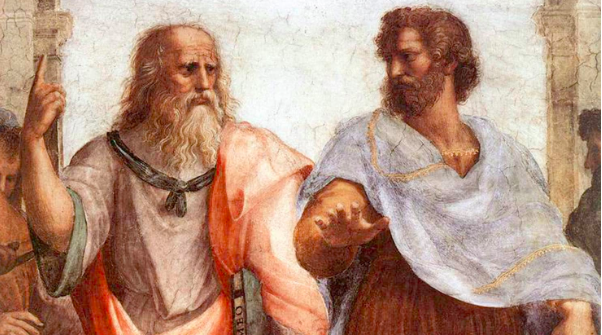
Image Credit: Shutterstock
The beard in fashion during the period of the European Middle Ages and Kievan Rus
During the Middle Ages, the beard and mustache became the personification of strength and masculinity in the realm of chivalry. At that time, English knights were massively using the armors, in which the military vestments covered everything except the sweeping beard of a warrior. During the Middle Ages, the ability to wear a beard was dictated mainly by class and religious considerations.
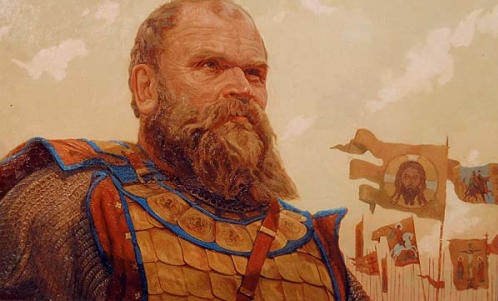
Image Credit: Shutterstock
Love towards the beard in Kievan Rus (which was a loose federation of East Slavic tribes in Europe from the late 9th to the mid-13th century) came from Byzantium together with Christianity. By this point, long beards had become an attribute of everyday style. A shaved man could not receive blessings and would be exposed to public humiliation.
Imagine: it is noteworthy that in the first set of ancient Russian laws issued under Yaroslav the Wise, a fine was imposed for causing damage to the male beard!
XIX century - dawn and sunset of the European fashion for the beard
In the first half of the 19th century, Europe was in the midst of incessant warring. Well-groomed mustaches and beards became an inevitable attribute of the European military: whether it be a soldier of the Napoleonic army or a Russian hussar of his Imperial Majesty.
Since the second half of the XIX century, seeing beards and mustaches among European men is not as common. In England, the canons of high men's fashion are set up with smoothly shaved dandies; in other countries, the beard is perceived as an attribute of older conservatives.
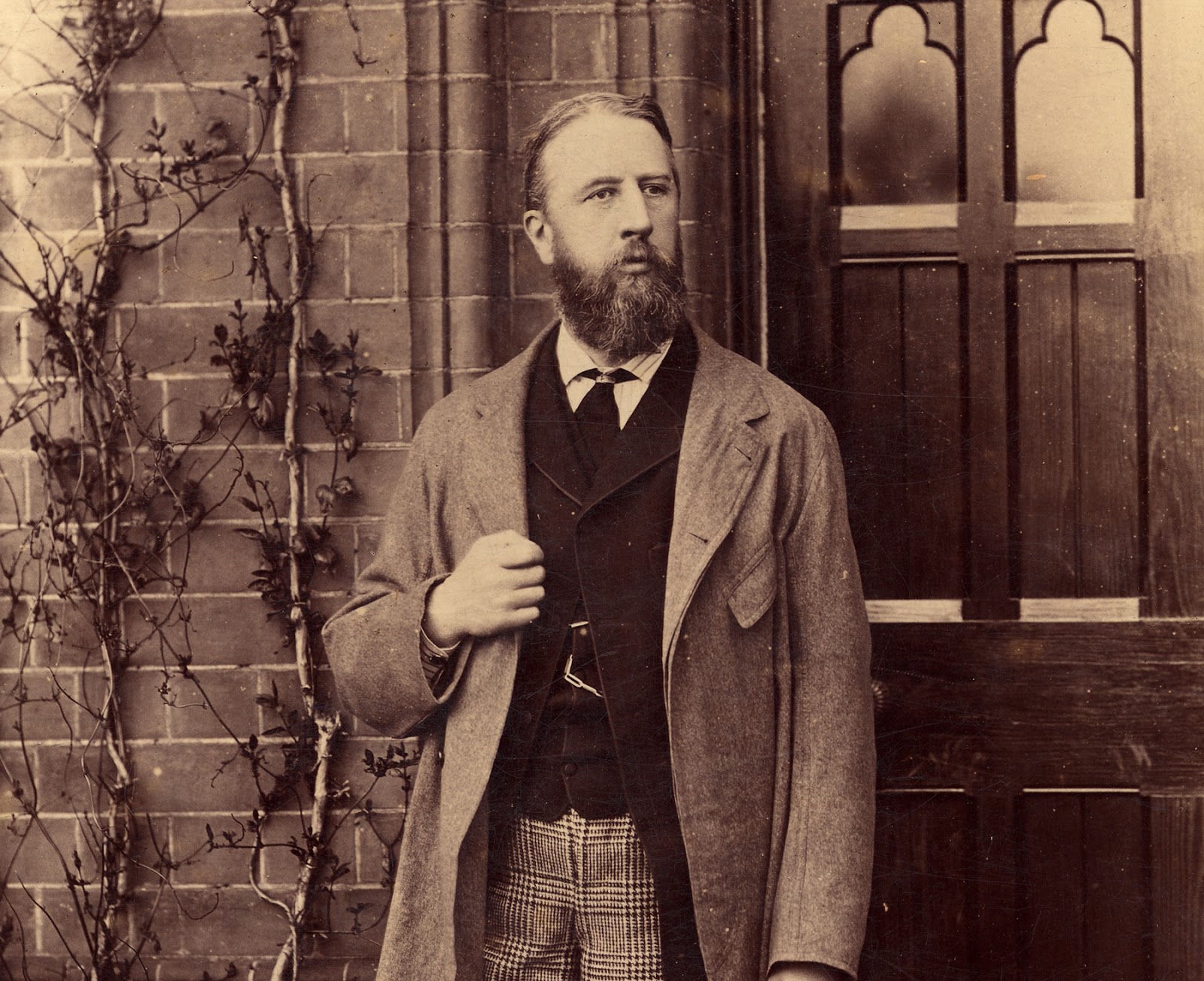
Image Credit: Shutterstock
Hollywood - the trendsetter of fashion for mustaches and beards in the 30s-40s
Unlike in previous centuries, the fashion for the mustache in the twentieth century was no longer dictated by the nobility or the royal court. These duties were imposed on people from the screen. The film industry turned out to be a powerful locomotive, massively promoting fashion trends.
By the thirties, when cinematography was experiencing the dawn, for millions of men on both sides of the Atlantic, the Hollywood stars became models of style. A striking example - the mustache that the actor Adolf Menzhu flaunted on the screen, they were massively copied by men of the whole Western world.
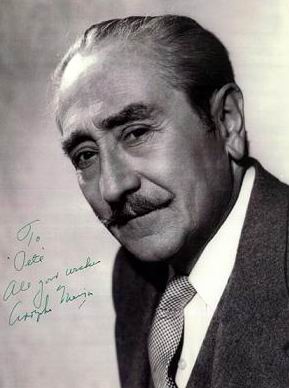
Image Credit: Shutterstock
Trends in the postwar period
The post-war generation of the Western world began to rethink the fashion trends of previous decades. In the late 40's, a new generation of informal young people appeared in the United States - beatniks and hipsters (which have nothing to do with modern hipsters). For them, the beard became an attribute of nonconformism - it was a kind of challenge to existing image standards. In Europe, young people of the late 40s and early 50s, under the cultural influence of the New World, also began to wear small, neat little beards.
From dawn to dusk: the beard and mustache in the 50s - 70s
In the 50s, the beard and mustache confidently won the favor of society. The peak of their popularity was in the 60s and 70s. The fashionable orientations among the Western youth at that time were determined by rock stars. Music had become a new religion. These decades were remembered not only by the notable musical hits, but also by equally vivid images: bearded men from ABBA and Creedence, beetles from Motörhead and Black Sabbath and many others.
In the 80s, the beard again appears on the periphery of men's fashion, but the mustache continues to be in demand. In the early 1990s, historian Keith Flett initiated the creation of the Beard Liberation Front, whose activists opposed the social discrimination of non-shaving men. The Association still exists, and its participants annually award the Beard of the Year Award!
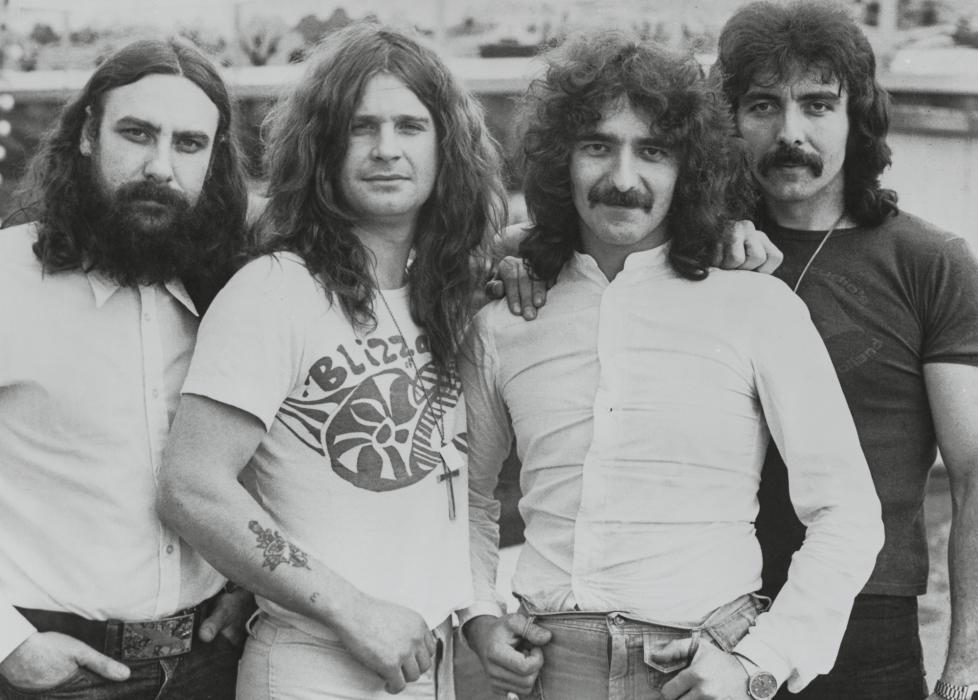
Image Credit: Shutterstock
The beard as a fashion accessory today
In the past few years, facial hair has morphed from money-saving ruse into the ultimate style accessory. Versatile and adaptable, it is felt that facial hair can change the shape of a man’s face and completely alter how he looks in casual jeans and a T-shirt or a suit and tie. A few whiskers here and there can make a baby face look older, draw attention away from facial imperfections (sometimes even a double chin). Also, it allows a man to be the ultimate chameleon in various life stages.
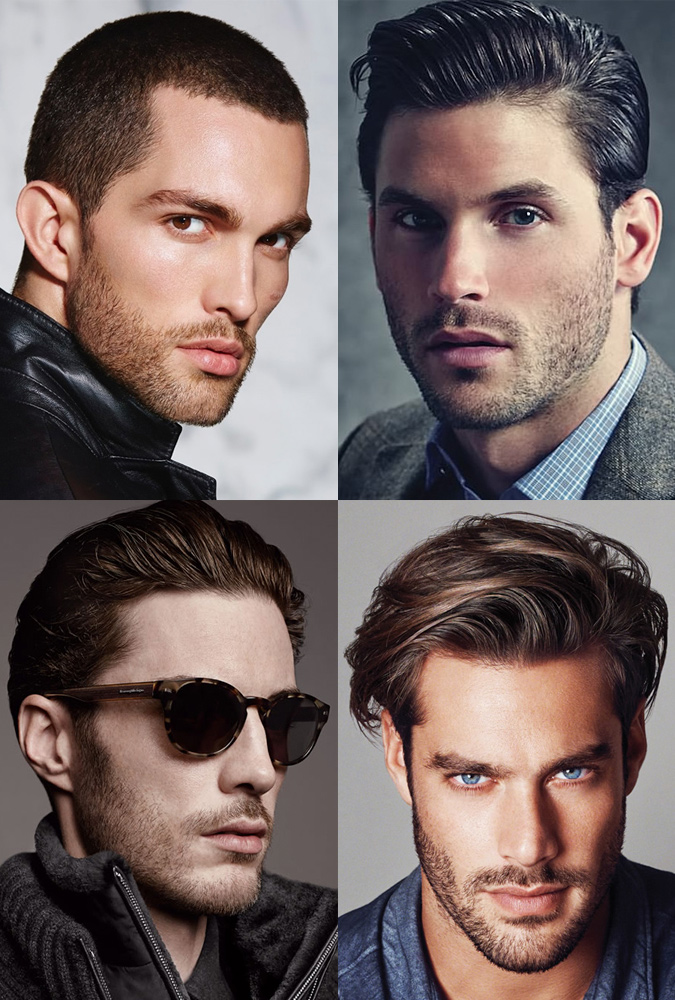
Image Credit: Shutterstock





